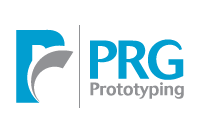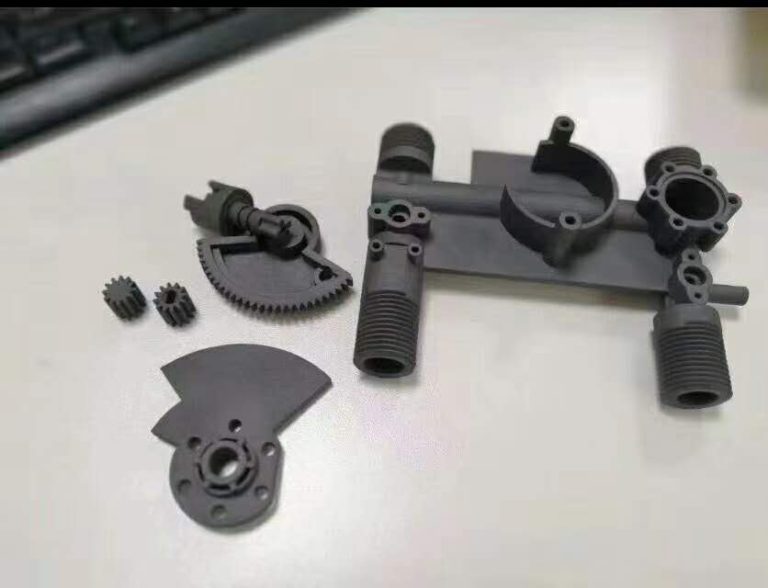3D Printing allows us the opportunity to take a 3D CAD file and build sample and test parts in a matter of hours, rather than days and weeks. There is no other method that compares to 3D printing when it comes to getting prototypes fast and at a low cost. If you need a preliminary sample to test for form, fit or simply aesthetics, 3D printing is the best option. The complex geometries enabled by the 3D printing process let you create intricate parts to accurately gauge manufacturability and other considerations before making the decision to move to more functional testing.
PRG offers 2 main types of 3D printing: SLA & SLS 3D printing
SLA (stereolithography) is the first of the additive manufacturing processes collectively known as “3D printing”. A special type of liquid plastic is used that reacts with ultraviolet (UV) light to form a solid. An object is created by slowly curing one layer at a time using a programmable UV light source.
SLS (selective laser sintering) is also a method for making rapid plastic prototypes, but in this case the raw material is a fine powder. A programmed laser is used to fuse the powder into a solid one layer at a time to create the finished product. Objects are created on a build platform, which is carefully controlled by a computer to move down the thickness of one layer with each successive addition of powder. In some cases, powder is not present and only ABS filament stands are used to build the part in layers.



